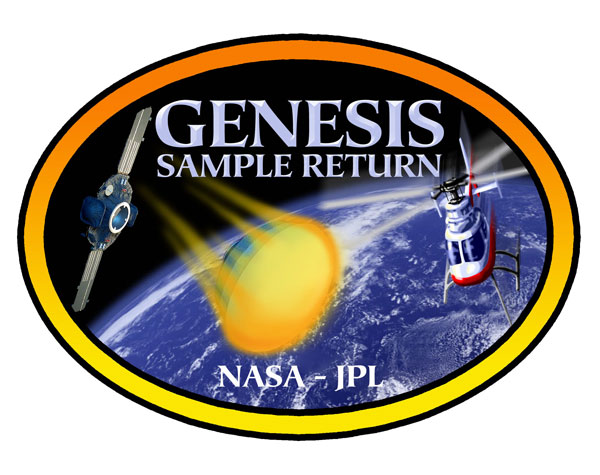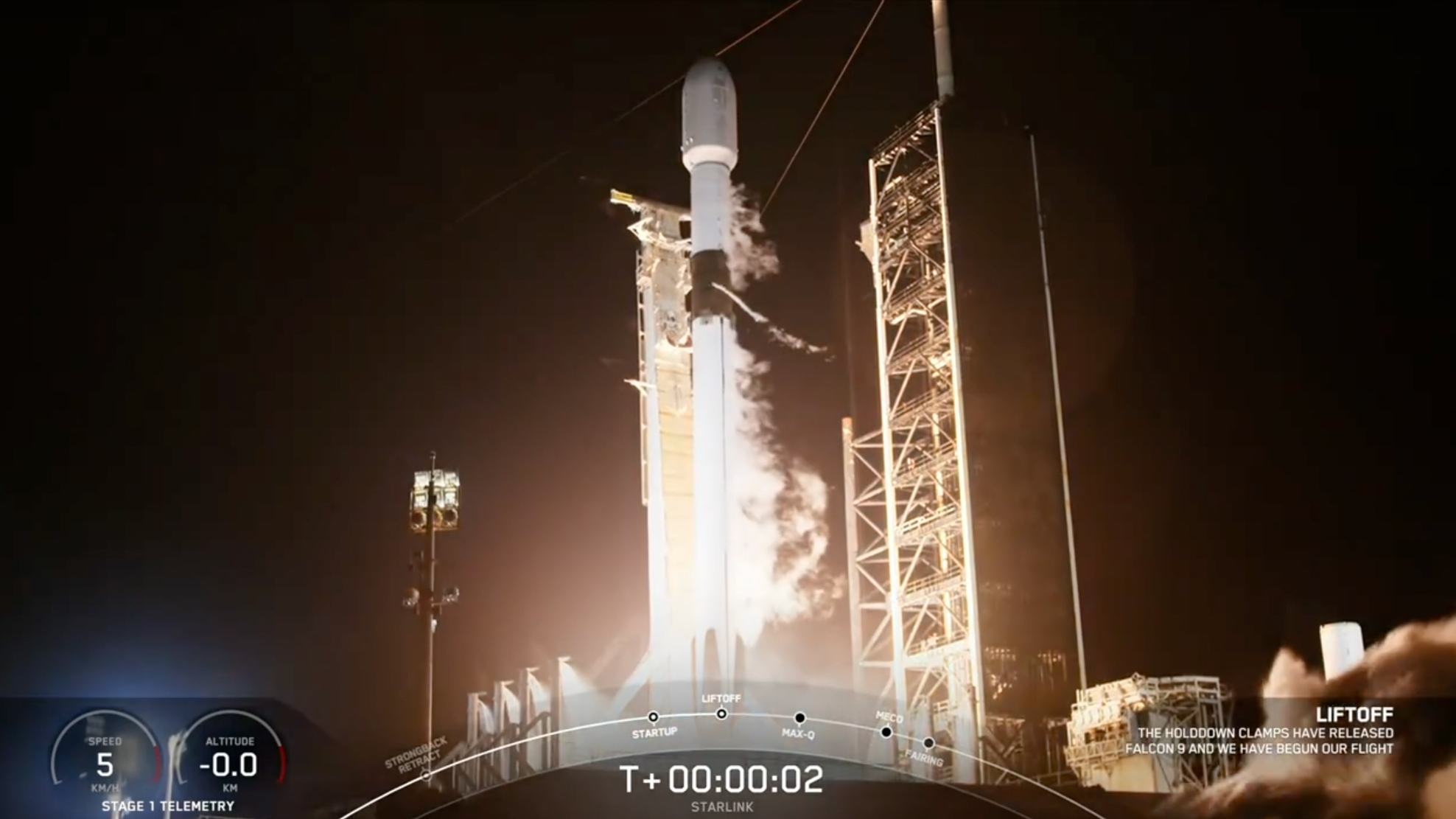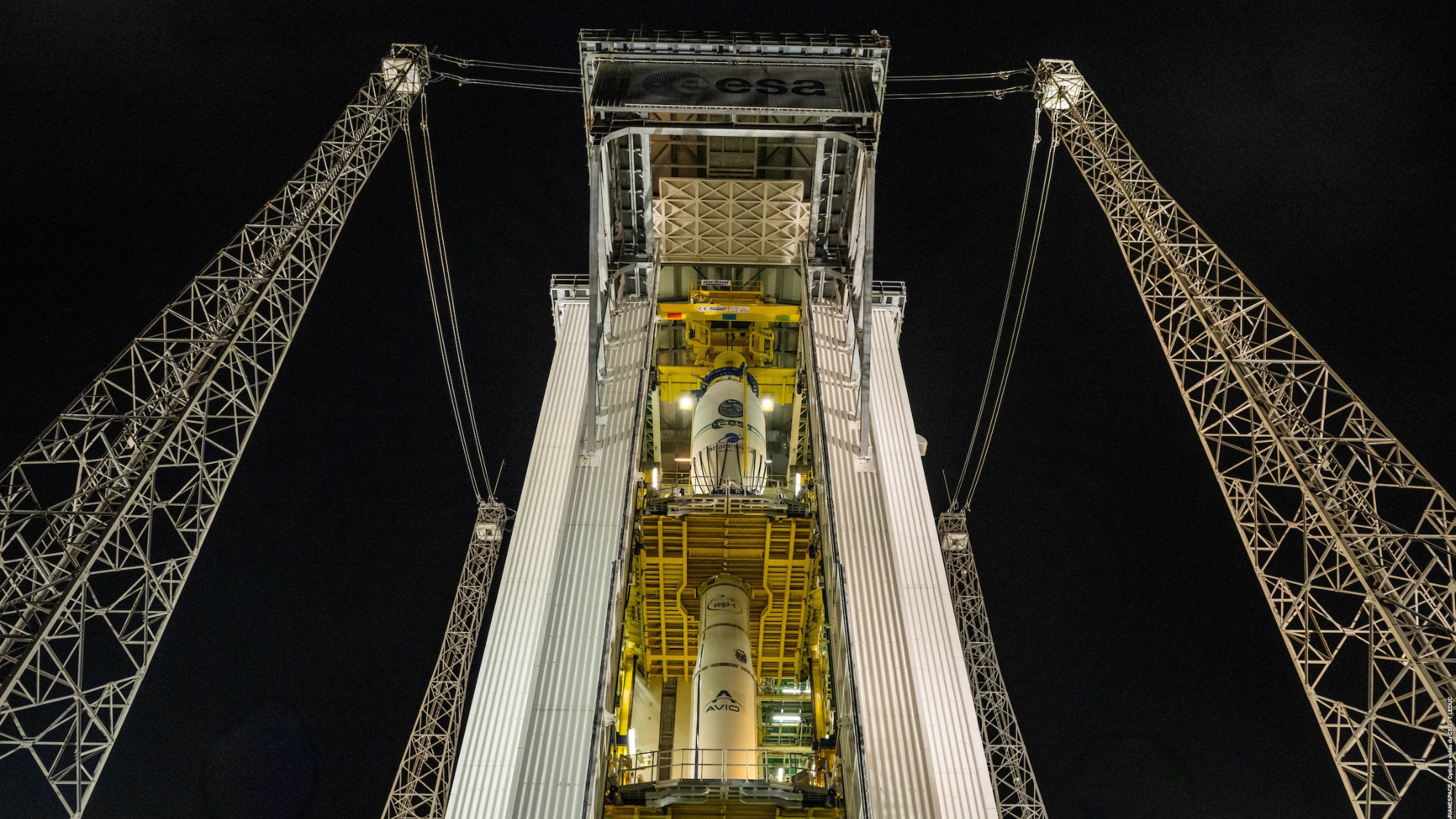The Genesis Payload: Just How Dangerous are its Contents?

When NASA's Genesis solar-wind sample return capsule skyrockets from space next week and drops into the Utah Test and Training Range, that landmark in civilian space draws upon a once classified satellite snooping program.
What's more, historically speaking, Genesis is also a trailblazer for the future. The mission is the opening volley in recovery spacecraft built to bring back to Earth extraterrestrial specimens.
In the case of Genesis, it has snagged particles of solar wind using a set of high purity wafers carried onboard the craft. Those sample collectors were exposed to space, then re-stowed for the trip back home. That job was done in orbit around Lagrange Point 1, a locale between Earth and the Sun where the gravity of both bodies is balanced.
Once launched on August 8, 2001, Genesis was maneuvered into its working location to start sample collection duties, doing so from December 3, 2001 to April 2, 2004 -- a total of 884 days. Now, it's time to deliver the goods.
High-speed nosedive
If all goes according to plan, Genesis will become the first NASA spacecraft to make a targeted reentry to Earth since the tragic loss of space shuttle Columbia and its crew in February 2003.
On its high-speed nosedive toward Utah, the Genesis Sample Return Capsule (SRC) flashes across Oregon, a tiny corner of Idaho, and northeast Nevada, said Joseph Vellinga, Lockheed Martin's Genesis Program Manager in Denver, Colorado.
Get the Space.com Newsletter
Breaking space news, the latest updates on rocket launches, skywatching events and more!
The Lockheed Martin Space Systems Company is the industrial partner in the Genesis mission, playing a central role in designing the mission and spacecraft under the rubric of NASA's econo-class Discovery program. They also developed and pre-tested before launch the carrier spacecraft and the sample return capsule, then operated the spacecraft while in space, and will play a lead role in recovering the sample return capsule when it returns to Earth.
Total cost of the mission, including the rocket to boost Genesis into space is $260 million dollars.
As for the most challenging aspect of Genesis: ""Everything associated with getting a sample back," Vellinga said.
Added Robert Corwin, Recovery Systems Engineer and Genesis Recovery Team Chief at Lockheed Martin Space Systems Company: "As the first U.S. robotic sample mission...there's not a lot of established process for how you bring things back," he said. "It's been pretty much learning as you go."
Mid-air retrieval: past and present
High over the Utah Test and Training Range, Genesis will unfurl two parachutes, a small chute followed by the larger rectangular parachute. This chute is a parafoil lifting body permitting Genesis to slowly glide through the air within a pre-fixed capsule arrival zone.
Two helicopters will have been dispatched, with one of the craft snaring the parafoil-dangling capsule combo mid-air. The Genesis return capsule is all of 60-inches (1.52 meters) in diameter and 31.7 inches (81 centimeters) tall, and weighs 460 pounds (210 kilograms).
Mid-air retrieval of a parachuting space vehicle is not new.
Such a feat goes back to the early days of super-secret Cold War U.S. military satellites that dropped canisters loaded with spy film to Earth. For Genesis, however, mid-air helicopter retrieval of a parafoil and cargo is a breakthrough - at least in civilian circles.
Spy satellites
"There is nothing novel about this," explained Dwayne Day, a respected analyst and an author who has written extensively on early satellite reconnaissance. He was lead editor in the seminal book, Eye in the Sky: The Story of the Corona Spy Satellites, published by the Smithsonian Institution Press in 1998.
Corona is the name for the first operational space photoreconnaissance satellite. President Dwight David Eisenhower approved the project in February 1958. The project was conceived to take pictures in space of the Soviet Bloc countries and de-orbit the photographic film for processing and exploitation.
Under the Corona banner, a number of firsts were accomplished, including first mid-air recovery of a vehicle returning from space; first mapping of Earth from space; first multiple reentry vehicles from space; and first reconnaissance program to fly 100 missions.
"From 1960 until the mid-1980s Air Force pilots caught hundreds of returning space capsules in mid-air. They practiced by dropping capsules from balloons or even U-2 spy planes over the Mojave desert and catching them with C-130 aircraft," Day said. Although it's impossible to get a precise account because of classification, he thinks the number of capsule catches in the air is easily 300.
"The concept actually dates to the mid-1950s, when payloads were dropped from high-altitude spy balloons and recovered by Air Force transport planes. This was later adapted for the Corona reconnaissance satellite program," Day related.
"Corona program managers have said that whenever they gave briefings to senior officers in the late 1950s the generals would sit there passively listening to them explain about operating a robotic vehicle in vacuum, extreme cold, and controlling it from hundreds of miles away. But they would violently object when they heard about the recovery plan," Day related. "The generals were pilots and they thought that catching something falling on a parachute was impossible. What they did not realize was that it had already been done."
Cleanest cleanroom
Also for the history books, Genesis follows the former Soviet Union in the robotic sample collection and return business. Soviet space experts scored three successful automated Moon sampling return missions in 1970, 1972, and 1976, respectively.
Genesis, however, is NASA's first sample return mission since the last Apollo mission in 1972, and the first ever to return material collected beyond the Moon. Once firmly grounded at the Utah Test and Training Range, the capsule is to be trucked to NASA's Johnson Space Center (JSC) in Houston, Texas where the snagged-in-space solar wind samples will be expertly removed and eventually distributed for analysis
Genesis is the first NASA mission to develop a class 10 cleanroom (only 10 particles of contaminant per cubic meter). And at JSC, experts are primed and eagerly await the arrival of the Genesis samples.
Carlton Allen, JSC's Astromaterials Curator, said technicians and the tasks of spacecraft de-integration, collector characterization, subdivision, allocation, preservation, and contamination control "are ready in all respects."
Allen said the Genesis lab was originally built to deal with the spacecraft prior to launch. At that locale, final cleaning and integration took place, now to be the site of de-integration, allocation, preservation, he said. "At Class 10, this is the cleanest cleanroom complex in NASA. The lab is located in building 31, one floor below the complex of labs that houses the Apollo lunar samples," Allen explained.
Slice and dice solar system
Being the first U.S. sample return mission after so many decades, Genesis is also the lead in a decade of missions that are bringing to Earth comet, interstellar particles, pieces of asteroid, and perhaps specimens from the Moon too.
There is the NASA Stardust mission, slated to make a Utah parachute landing on January 15, 2006. Japan's Hayabusa is on track to haul back to Earth asteroid surface material in the summer of 2007. Also, a NASA New Frontiers proposal called Moonrise is under study that would snag and bag lunar farside soil and rock for return to Earth.
Additionally, on NASA's top priority to-do list is a robotic lander that scoops up and brings back to Earth select bits of Mars. Given the chance that the red planet might be a past or present-day haven for life, rocketing back martian samples means potentially dealing with biological "hot property" -- and public visions of Andromeda Strain-like scenarios of menacing microbes.
The ability of Genesis to accumulate solar wind atoms from the entire periodic table has brought unprecedented requirements for clean and precise sample handling, said JSC's Allen. "Learning to meet these requirements is preparing us well to deal with the challenges of samples from Mars".
Precious cargo
"The Genesis sample return is bringing back solar wind particles...ions from the Sun that have no biological potential or concern associated with them," said John Rummel, NASA's planetary protection officer.
"Nonetheless, these precious samples are the paydirt of this mission, and will be treated as a precious cargo by the ground handling personnel involved. They will greatly benefit from operational experience at the Utah Test and Training Range, even if the UTTR is not the eventual landing location for a Mars sample return -- and from the procedures they employ to safely transport the Genesis cargo to the curation facility at the Johnson Space Center," Rummel told SPACE.com .
Based on the Genesis experience, the space agency's planetary protection officer advised, "NASA will gain knowledge that will greatly aid in an eventual sample return from Mars or some other location that might have more interest from a potentially biological perspective."
So in this regard, Genesis is setting the stage for more ambitious snag, bag, and bring back projects in the years to come.
"Nothing beats real-world experience doing the job," Rummel said.
Join our Space Forums to keep talking space on the latest missions, night sky and more! And if you have a news tip, correction or comment, let us know at: community@space.com.

Leonard David is an award-winning space journalist who has been reporting on space activities for more than 50 years. Currently writing as Space.com's Space Insider Columnist among his other projects, Leonard has authored numerous books on space exploration, Mars missions and more, with his latest being "Moon Rush: The New Space Race" published in 2019 by National Geographic. He also wrote "Mars: Our Future on the Red Planet" released in 2016 by National Geographic. Leonard has served as a correspondent for SpaceNews, Scientific American and Aerospace America for the AIAA. He has received many awards, including the first Ordway Award for Sustained Excellence in Spaceflight History in 2015 at the AAS Wernher von Braun Memorial Symposium. You can find out Leonard's latest project at his website and on Twitter.









